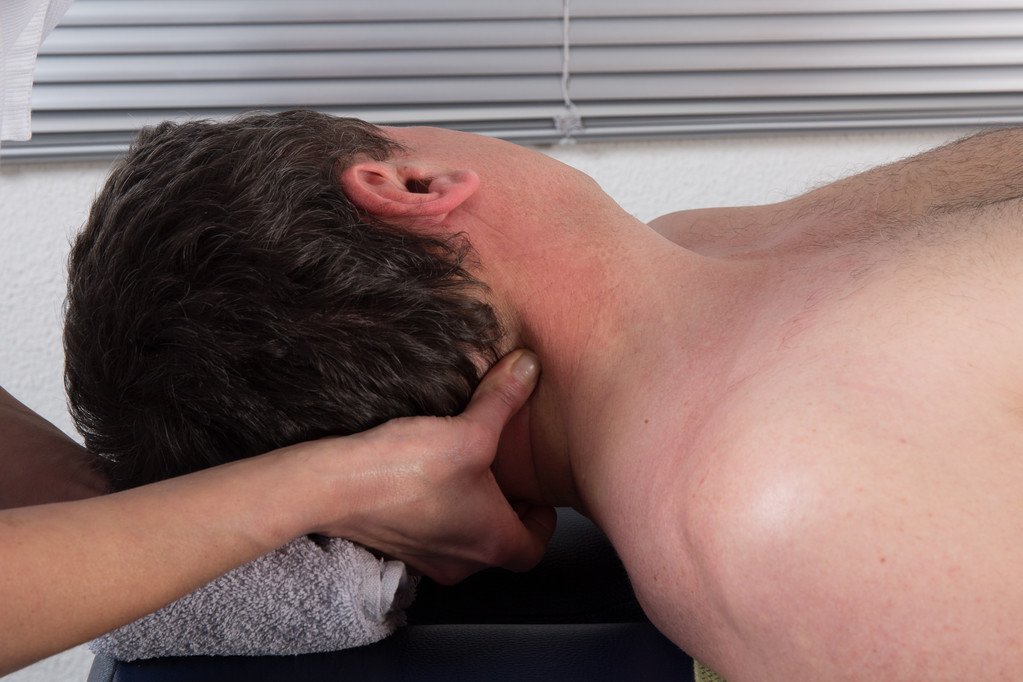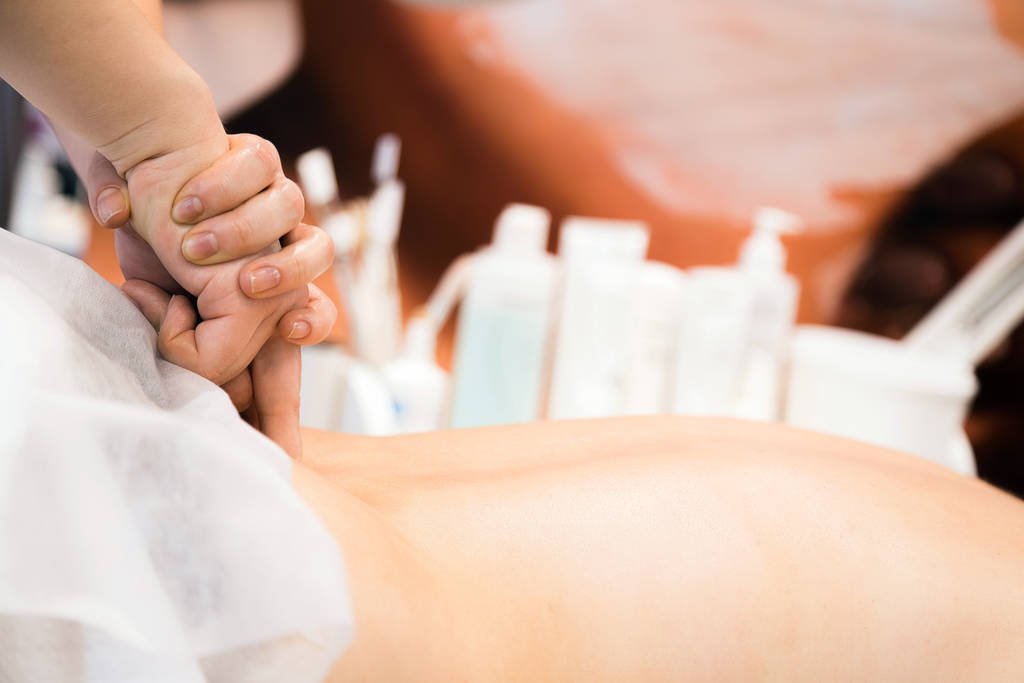Introduction
You understand the importance of muscle recovery in achieving your goals and maintaining optimal performance. Intense workouts, competitions, and even daily activities can lead to muscle soreness, stiffness, and fatigue, which can hinder your progress and increase your risk of injury. While there are many strategies for promoting muscle recovery, such as proper nutrition, hydration, and rest, one often overlooked tool is massage therapy.
Massage therapy has been used for centuries to alleviate muscle tension, reduce pain, and promote relaxation. However, not all massage techniques are created equal when it comes to maximizing muscle recovery. In this article, we will explore the science behind muscle recovery, the benefits of massage therapy, and the special massage techniques that can help you optimize your recovery and take your performance to the next level.
Understanding Muscle Recovery

Before we dive into the specifics of massage therapy, let’s first take a closer look at what happens in your body during and after exercise, and why muscle recovery is so important.
The Stress of Exercise
When you engage in physical activity, whether it’s lifting weights, running, or playing a sport, you are placing stress on your muscles. This stress causes micro-tears in the muscle fibers, which triggers an inflammatory response and the release of metabolic byproducts such as lactic acid. While this process is necessary for muscle growth and adaptation, it can also lead to muscle soreness, stiffness, and decreased performance in the short term.
The Importance of Recovery
In order for your muscles to repair and grow stronger, they need adequate time and resources for recovery. This includes proper nutrition to provide the building blocks for tissue repair, hydration to flush out metabolic waste products, and rest to allow the body to focus on healing. Without sufficient recovery, your muscles may not be able to adapt to the demands of your training, leading to plateaus, overuse injuries, and even burnout.
The Role of Massage Therapy

Massage therapy can play a crucial role in optimizing muscle recovery by addressing many of the factors that contribute to post-exercise muscle soreness and stiffness. By manipulating the soft tissues of the body, massage can help to:
- Increase circulation and oxygenation to the muscles
- Reduce inflammation and swelling
- Flush out metabolic waste products
- Relax tense and overworked muscles
- Break up adhesions and scar tissue
- Promote a sense of relaxation and wellbeing
Benefits of Massage Therapy for Muscle Recovery
Now that we understand the basics of muscle recovery and the potential role of massage therapy, let’s take a closer look at some of the specific benefits that massage can offer for athletes and fitness enthusiasts.
| Benefit | Description |
|---|---|
| Reduced Muscle Soreness and Stiffness | Alleviates symptoms of delayed onset muscle soreness (DOMS) |
| Improved Range of Motion and Flexibility | Releases tension in muscles and connective tissues for optimal movement |
| Faster Recovery Time | Addresses factors contributing to muscle soreness and stiffness for more frequent and intense training |
| Enhanced Mind-Body Connection | Promotes relaxation and overall wellbeing for better recovery and performance |
Reduced Muscle Soreness and Stiffness
One of the most immediate and noticeable benefits of massage therapy is a reduction in muscle soreness and stiffness. By increasing circulation and flushing out metabolic waste products, massage can help to alleviate the symptoms of delayed onset muscle soreness (DOMS) that often occur 24-48 hours after a tough workout. This can help you feel more comfortable and move more freely in your daily activities and training sessions.
Improved Range of Motion and Flexibility
Massage therapy can also help to improve your range of motion and flexibility by releasing tension in the muscles and connective tissues. When your muscles are tight and restricted, they may not be able to function optimally, leading to decreased performance and increased risk of injury. By incorporating massage into your recovery routine, you can help to maintain healthy muscle tissue and promote optimal movement patterns.
Faster Recovery Time
By addressing the various factors that contribute to muscle soreness and stiffness, massage therapy can help to speed up your overall recovery time. This means you may be able to train more frequently and at a higher intensity without risking overuse injuries or burnout. Faster recovery can also help you feel more energized and motivated to stick with your training program over the long term.
Enhanced Mind-Body Connection
In addition to the physical benefits, massage therapy can also promote a greater sense of mind-body connection and relaxation. When you are feeling stressed, anxious, or overwhelmed, it can be difficult to tune into your body’s signals and prioritize recovery. Massage can help to quiet the mind, release tension, and promote a sense of overall wellbeing, which can translate into better recovery and performance.
Special Massage Techniques for Muscle Recovery

While any type of massage can offer benefits for muscle recovery, there are certain techniques that are particularly effective for athletes and fitness enthusiasts. Here are some of the most popular and research-backed massage techniques for maximizing muscle recovery:
Swedish Massage
Swedish massage is the most common and well-known type of massage, and for good reason. This technique uses long, flowing strokes to promote relaxation, increase circulation, and flush out toxins. Swedish massage can be particularly helpful for reducing overall muscle tension and promoting a sense of wellbeing after a tough workout or competition.
Deep Tissue Massage
Deep tissue massage is a more intense and targeted technique that focuses on the deeper layers of muscle and connective tissue. This type of massage can be particularly helpful for athletes with chronic muscle tension, adhesions, or scar tissue that may be limiting their mobility and performance. Deep tissue massage can be uncomfortable at times, but the benefits can be significant for those with stubborn muscle issues.
Massage in Mayfair offers the perfect environment for this therapeutic treatment, where skilled therapists provide a tailored approach to address specific muscle concerns and promote healing. Whether you are recovering from an injury or seeking relief from long-term tension, a deep tissue massage in Mayfair can enhance your physical well-being and improve your overall performance.
Sports Massage
Sports massage is a specialized form of massage that is tailored to the specific needs of athletes. This technique often incorporates elements of Swedish and deep tissue massage, as well as stretching and range of motion techniques to address sport-specific issues such as overuse injuries, muscle imbalances, and postural distortions. Sports massage can be used before, during, or after athletic events to optimize performance and recovery.
Trigger Point Therapy
Trigger point therapy is a technique that focuses on identifying and releasing specific areas of muscle tension and spasm, known as trigger points. These points can often refer pain and discomfort to other areas of the body, and can be a common cause of chronic muscle pain and stiffness. By applying direct pressure to these points, a massage therapist can help to release the tension and promote healing in the affected muscles.
Myofascial Release
Myofascial release is a technique that focuses on the fascia, or connective tissue, that surrounds and supports the muscles. When the fascia becomes tight or restricted, it can limit mobility and cause pain and stiffness in the muscles. Myofascial release involves applying gentle, sustained pressure to these areas to release the restrictions and promote optimal muscle function.
Incorporating Massage into Your Recovery Routine
Now that you understand the benefits and techniques of massage therapy for muscle recovery, you may be wondering how to incorporate this tool into your own training and recovery routine. Here are some tips and considerations:
Frequency and Timing
The frequency and timing of your massage sessions will depend on your individual needs and goals, as well as your training schedule and budget. In general, aim to incorporate massage into your routine on a regular basis, such as once a week or every other week. You may also benefit from more frequent sessions during periods of intense training or competition.
In terms of timing, it is generally best to avoid massage immediately before or after a workout, as this can interfere with your muscle’s ability to warm up and recover. Instead, aim to schedule your massage sessions on rest days or at least several hours after your training session.
Finding a Qualified Massage Therapist
When it comes to maximizing the benefits of massage for muscle recovery, it is important to work with a qualified and experienced massage therapist who understands the unique needs of athletes and fitness enthusiasts. Look for a therapist who has specific training in sports massage or orthopedic massage, and who is willing to work with you to develop a customized treatment plan based on your goals and preferences.
You may also want to consider the type of massage setting that works best for you. Some athletes prefer to receive massage in a clinical setting, such as a physical therapy office or sports medicine clinic, while others may prefer a more spa-like environment for relaxation and stress relief.
Special Massage Techniques for Muscle Recovery

| Technique | Description | Benefits |
|---|---|---|
| Swedish Massage | Long, flowing strokes to promote relaxation and circulation | Reduces overall muscle tension and promotes wellbeing |
| Deep Tissue Massage | Intense, targeted pressure on deeper layers of muscle and connective tissue | Addresses chronic muscle tension, adhesions, and scar tissue |
| Sports Massage | Tailored to specific needs of athletes, incorporates stretching and range of motion techniques | Optimizes performance and recovery, addresses sport-specific issues |
| Trigger Point Therapy | Focuses on releasing specific areas of muscle tension and spasm | Relieves chronic muscle pain and stiffness |
| Myofascial Release | Applies gentle, sustained pressure to fascia to release restrictions | Promotes optimal muscle function and mobility |
Massage with Other Recovery Strategies
While massage therapy can be a powerful tool for promoting muscle recovery, it is important to remember that it is just one piece of the puzzle. To truly optimize your recovery and performance, it is important to combine massage with other evidence-based strategies, such as:
- Proper nutrition and hydration
- Adequate sleep and rest
- Active recovery techniques, such as stretching and foam rolling
- Mental relaxation and stress management techniques
By taking a holistic approach to recovery, you can help to ensure that your muscles are getting the support they need to repair, rebuild, and come back stronger than ever.
Personal Experiences
To further illustrate the transformative benefits of maximizing muscle recovery with special massage techniques, here are two personal accounts from athletes who have incorporated massage into their recovery routines:
Example: Sarah’s Story
I put a lot of strain on my muscles during training and competition. I used to struggle with chronic muscle tension and soreness, which made it difficult to train consistently and make progress. However, since incorporating regular deep tissue massage into my recovery routine, I have noticed a significant improvement in my muscle function and overall performance.
My massage therapist works with me to identify and release specific areas of tension and adhesions in my muscles, which has helped me to move more freely and efficiently during my lifts. I also feel less sore and fatigued after tough training sessions, which has allowed me to train more frequently and with greater intensity.
I have also noticed a positive impact on my mental state and overall wellbeing. The relaxation and stress relief that I experience during and after my massage sessions has helped me to feel more focused, motivated, and resilient in my training and daily life.”
Conclusion
Maximizing muscle recovery is a crucial component of any successful training or fitness program. By understanding the science behind muscle recovery and the benefits of massage therapy, athletes and fitness enthusiasts can take a proactive approach to optimizing their recovery and achieving their goals. To truly maximize the benefits of massage therapy for muscle recovery, it is important to work with a qualified and experienced massage therapist, incorporate massage into a regular recovery routine, and combine massage with other evidence-based recovery strategies such as proper nutrition, hydration, sleep, and active recovery techniques.
By taking a holistic and proactive approach to muscle recovery, athletes and fitness enthusiasts can unlock their full potential, avoid injury and burnout, and achieve optimal performance in their chosen pursuits. Whether you are a competitive athlete, a weekend warrior, or simply someone looking to feel your best, maximizing muscle recovery with special massage techniques is a powerful tool to have in your arsenal.

